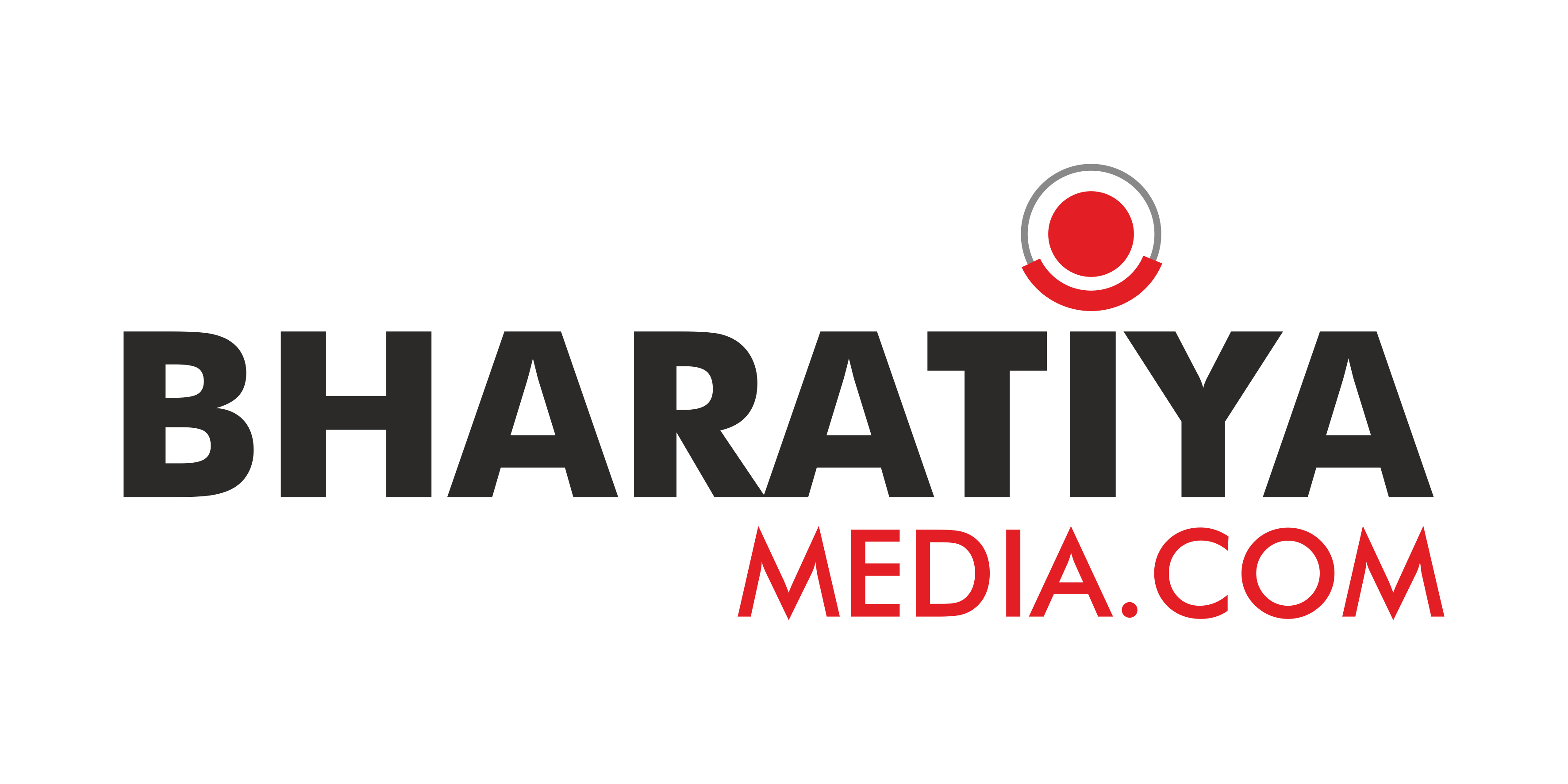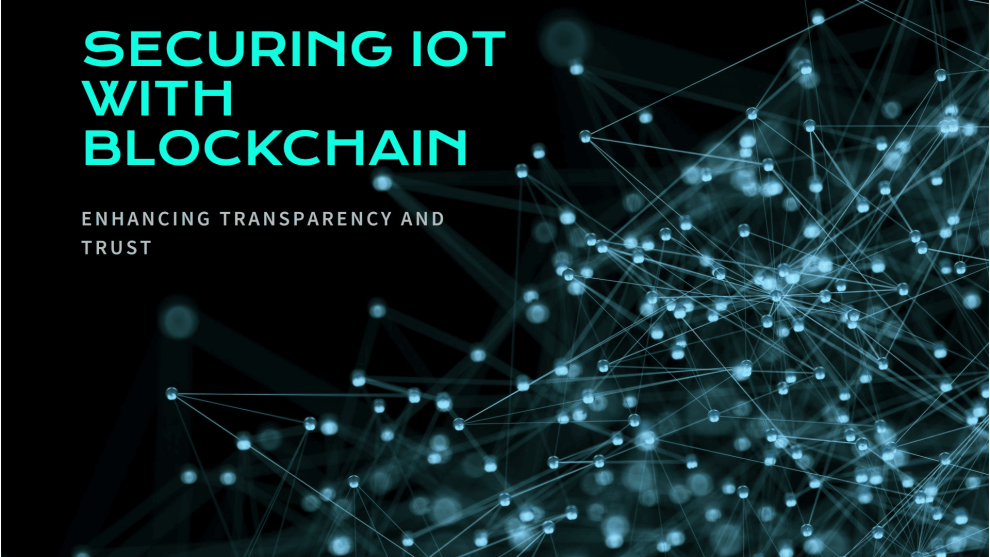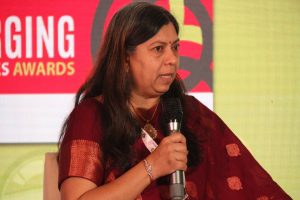by Soumya Ranjan Jena, Assistant Professor, NIMS University, Jaipur.
The rapid proliferation of the Internet of Things (IoT) has revolutionized the way we interact with the digital world, connecting billions of devices to collect, share, and analyze data in real-time. From smart homes and cities to industrial automation and healthcare, IoT technology is transforming industries and enhancing efficiencies. However, the increasing reliance on IoT devices also brings significant challenges, particularly in terms of data security and transaction transparency. Traditional centralized systems often struggle to keep up with the sheer volume and complexity of IoT data, leading to vulnerabilities and inefficiencies. This is where blockchain technology emerges as a powerful solution, offering a decentralized approach to secure and transparent data management.
Blockchain, originally devised for cryptocurrency transactions, is a distributed ledger technology that enables secure, transparent, and tamper-proof record-keeping. Each block in the blockchain contains a list of transactions, which are verified by a network of nodes and then linked to previous blocks in a chronological chain. This decentralized nature ensures that no single entity has control over the entire blockchain, making it highly resistant to tampering and cyber-attacks. By integrating blockchain with IoT, we can address some of the most pressing security and transparency issues facing IoT deployments today.
One of the primary benefits of blockchain integration in IoT is enhanced data security. IoT devices generate vast amounts of data, which, if compromised, can lead to severe consequences. Blockchain’s cryptographic algorithms ensure that data is securely encrypted and only accessible to authorized parties. Additionally, the decentralized nature of blockchain eliminates the single point of failure inherent in centralized systems, significantly reducing the risk of data breaches. Each transaction recorded on the blockchain is immutable, meaning it cannot be altered or deleted once verified. This immutability ensures the integrity and authenticity of IoT data, making it highly reliable for decision-making processes.
Transaction transparency is another critical advantage of blockchain-integrated IoT systems. In traditional IoT ecosystems, data transactions are often opaque, leading to trust issues among stakeholders. Blockchain’s transparent ledger allows all participants to view and verify transactions in real-time, fostering trust and accountability. This transparency is particularly valuable in supply chain management, where tracking the provenance and movement of goods is crucial. By leveraging blockchain, stakeholders can trace every step of a product’s journey, ensuring compliance with regulatory standards and minimizing the risk of fraud.
Furthermore, blockchain’s smart contracts can automate and streamline IoT processes. Smart contracts are self-executing contracts with the terms of the agreement directly written into code. These contracts automatically execute actions when predefined conditions are met, reducing the need for intermediaries and minimizing delays. In IoT, smart contracts can facilitate automatic device-to-device communication and transactions, enhancing operational efficiency and reducing costs. Moreover, the integration of blockchain technology with IoT devices offers a robust solution for enhancing data security and transaction transparency. By leveraging the decentralized and immutable nature of blockchain, we can address the vulnerabilities of traditional IoT systems, ensuring secure, transparent, and efficient data management. As IoT continues to evolve and expand, blockchain integration will play a pivotal role in building resilient and trustworthy IoT ecosystems, driving innovation and fostering trust in the digital world.
Understanding IoT and Blockchain
IoT refers to the network of physical objects embedded with sensors, software, and other technologies to connect and exchange data with other devices and systems over the internet. These devices range from ordinary household items to sophisticated industrial tools. The core idea is to create a seamless flow of information that can be used to automate processes, improve efficiencies, and provide valuable insights.
Blockchain is a decentralized, distributed ledger technology that records transactions across multiple computers so that the recorded information cannot be altered retroactively. This technology underpins cryptocurrencies like Bitcoin but has far-reaching applications beyond digital currencies. Blockchain’s key features include decentralization, transparency, immutability, and security.
Why Integrate Blockchain with IoT?
Addressing Security Challenges
IoT devices often collect sensitive data, making them prime targets for cyberattacks. Traditional security mechanisms can be inadequate in protecting this data due to the centralized nature of most IoT ecosystems, which presents a single point of failure. Blockchain’s decentralized architecture distributes data across a network of nodes, making it more resilient to attacks. Each transaction is encrypted and linked to previous transactions, making unauthorized alterations nearly impossible.
Enhancing Data Integrity
Data integrity is crucial in IoT applications where decisions are made based on the collected data. Blockchain ensures that once data is recorded, it cannot be tampered with, providing an immutable record of all transactions. This immutability guarantees that the data is accurate and reliable, which is essential for critical applications such as healthcare and autonomous vehicles.
Improving Transaction Transparency:
In traditional IoT ecosystems, data transactions are often opaque, leading to trust issues among stakeholders. Blockchain’s transparent ledger allows all participants to view and verify transactions in real-time, fostering trust and accountability. This transparency is particularly valuable in supply chain management, where tracking the provenance and movement of goods is crucial.
Applications of Blockchain in IoT
Supply Chain Management
One of the most promising applications of blockchain in IoT is in supply chain management. By integrating IoT sensors with blockchain, stakeholders can track products from the point of origin to the final destination. Each step of the product’s journey is recorded on the blockchain, providing a transparent and tamper-proof history. This visibility helps prevent fraud, ensures compliance with regulations, and enhances overall efficiency.
Healthcare
In healthcare, IoT devices are used to monitor patients, manage medical records, and ensure the timely administration of medication. Integrating blockchain can enhance the security and privacy of patient data. For instance, patient health records can be securely shared across different healthcare providers without the risk of data breaches. Blockchain’s immutable ledger ensures that all transactions are accurately recorded, providing a reliable audit trail for regulatory purposes.
Smart Cities
Smart cities leverage IoT to manage urban infrastructure, including traffic lights, waste management, and energy grids. Blockchain can provide a secure and transparent way to manage these complex systems. For example, blockchain can facilitate peer-to-peer energy trading in smart grids, where residents can buy and sell excess energy generated from renewable sources. This not only enhances energy efficiency but also promotes sustainable practices.
Automotive Industry
The automotive industry is increasingly adopting IoT for connected cars, autonomous driving, and vehicle-to-everything (V2X) communication. Blockchain can enhance the security of these systems by ensuring the integrity and authenticity of data exchanged between vehicles and infrastructure. For example, blockchain can securely record and share data related to vehicle maintenance, ownership, and driving history, improving safety and trust among stakeholders.
Agriculture
In agriculture, IoT devices are used for precision farming, monitoring soil conditions, and managing livestock. Integrating blockchain can enhance the traceability and transparency of the food supply chain. Farmers can use IoT sensors to collect data on crop conditions and record this information on the blockchain. Consumers can then access this data to verify the authenticity and quality of the products they purchase, promoting trust and sustainability.
Challenges and Solutions for Implementation
Scalability
One of the primary challenges of integrating blockchain with IoT is scalability. Blockchain networks can become slow and inefficient as the number of transactions increases. To address this issue, various solutions are being developed, such as sharding, off-chain transactions, and consensus algorithms like Proof of Stake (PoS) that are more efficient than traditional Proof of Work (PoW).
Interoperability
IoT ecosystems often involve a wide range of devices and platforms that need to communicate seamlessly. Achieving interoperability between different blockchain networks and IoT devices is a significant challenge. Standardization efforts and the development of interoperability protocols can help bridge this gap, ensuring that different systems can work together effectively.
Data Privacy
While blockchain provides enhanced security, it also raises concerns about data privacy. The transparency of blockchain means that all transactions are visible to all participants, which can be problematic for sensitive data. Privacy-preserving techniques such as zero-knowledge proofs, homomorphic encryption, and private blockchains can help address these concerns by allowing data to be verified without revealing the actual information.
Energy Consumption
Blockchain networks, especially those based on PoW, can be energy-intensive, which is a concern for sustainable IoT applications. Developing more energy-efficient consensus algorithms and leveraging renewable energy sources can help mitigate the environmental impact of blockchain technology.
Future Trends and Innovations
Edge Computing and Blockchain
Edge computing involves processing data closer to the source rather than relying on centralized data centers. Integrating blockchain with edge computing can enhance the security and efficiency of IoT systems. By processing and storing data locally on the blockchain, edge devices can reduce latency, improve response times, and enhance data privacy.
AI and Blockchain in IoT
The combination of artificial intelligence (AI) and blockchain can unlock new possibilities for IoT applications. AI algorithms can analyze vast amounts of IoT data to generate valuable insights, while blockchain ensures the security and integrity of this data. For example, AI-powered predictive maintenance systems can use blockchain to securely record and share data on equipment performance, optimizing maintenance schedules and reducing downtime.
Quantum Computing and Blockchain
Quantum computing has the potential to revolutionize blockchain technology by solving complex cryptographic problems much faster than classical computers. This could enhance the security and scalability of blockchain networks, making them more suitable for large-scale IoT deployments. However, it also poses a threat to current cryptographic algorithms, necessitating the development of quantum-resistant solutions.
Decentralized Autonomous Organizations (DAOs)
DAOs are organizations governed by smart contracts on the blockchain, allowing for decentralized decision-making and management. Integrating DAOs with IoT can enable the creation of self-governing systems that operate autonomously based on predefined rules. For example, a DAO-controlled smart city could dynamically allocate resources, manage infrastructure, and respond to emergencies without human intervention.
Conclusion
The integration of blockchain technology with IoT devices offers a robust solution for enhancing data security and transaction transparency. By leveraging the decentralized and immutable nature of blockchain, we can address the vulnerabilities of traditional IoT systems, ensuring secure, transparent, and efficient data management. As IoT continues to evolve and expand, blockchain integration will play a pivotal role in building resilient and trustworthy IoT ecosystems, driving innovation and fostering trust in the digital world. The future of IoT and blockchain holds immense potential, promising to transform industries, enhance efficiencies, and create a more secure and transparent digital landscape.

Author Profile
Mr. Soumya Ranjan Jena is currently working as an Assistant Professor in School of Computing and Artificial Intelligence, NIMS University, Jaipur, Rajasthan, India. Presently, he is pursuing his PhD in Computer Science and Engineering at Suresh Gyan Vihar University (SGVU), Jaipur, Rajasthan, India.
He has completed his M. Tech degree in Information Technology form Utkal University, Bhubaneswar, Odisha, India in the year 2013, B. Tech in Computer Science and Engineering degree from BPUT, Rourkela, Odisha, India in the year 2010 and also certified by CCNA and Diploma in Computer Hardware and Networking Management from CTTC, Bhubaneswar, Odisha, India in the year 2011. He has more than 9 years of teaching experience from various reputed Universities and Colleges in India. He is basically an Academician, an Author, a Researcher, an Editor, a Reviewer of various International Journals and International Conferences and a Keynote Speaker. His publications have more than 390+ citations, h index of 10, and i10 index of 10 (Google Scholar). He has published 24 international level books, around 30 international level research articles in various international journals, conferences which are indexed by SCIE, Scopus, WOS, UGC Care, Google Scholar etc., and filed 30 international/national patents out of which 15 are granted.
Moreover, he has been awarded by Bharat Education Excellence Awards for best researcher in the year 2022 and 2024, Excellent Performance in Educational Domain & Outstanding Contributions in Teaching in the year 2022, Best Researcher by Gurukul Academic Awards in the year 2022, Bharat Samman Nidhi Puraskar for excellence in research in the year 2024, International EARG Awards in the year 2024 in research domain and AMP awards for Educational Excellence 2024. Moreover, his research interests include Cloud and Distributed Computing, Internet of Things, Green Computing, Sustainability, Renewable Energy Resources, Internet of Energy etc.












Add Comment